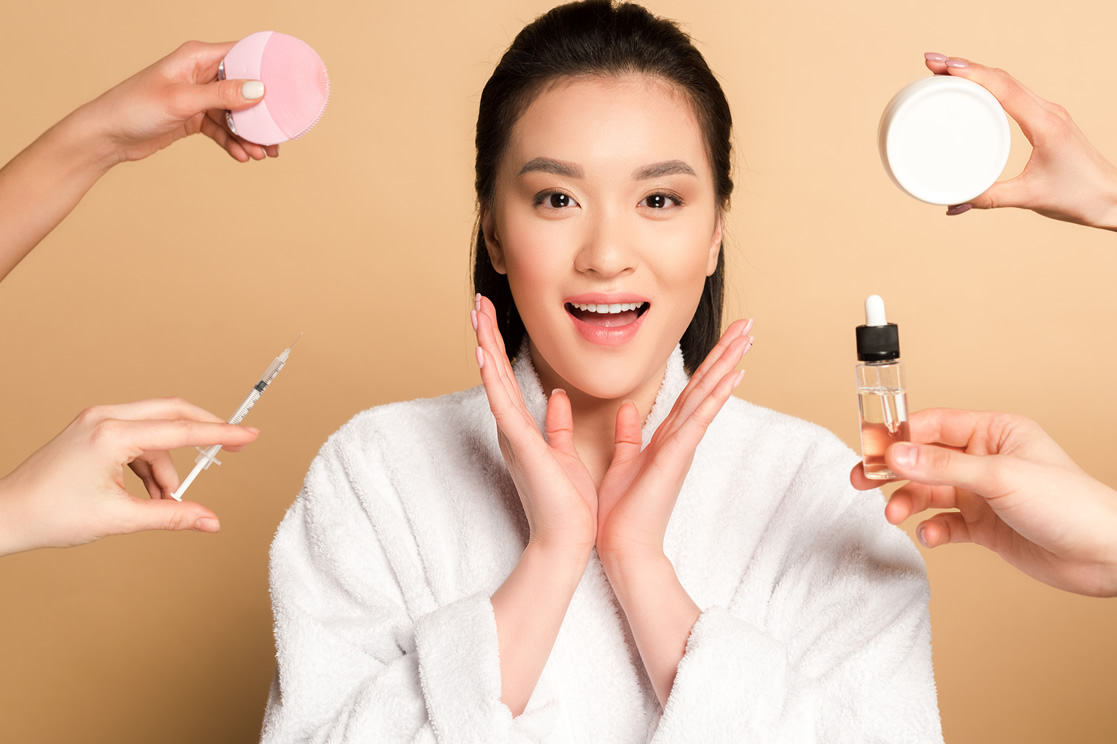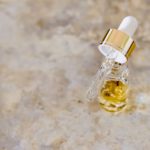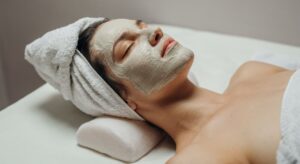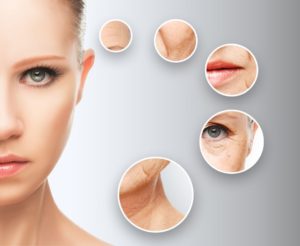It’s winter and it’s time to know how to repair damaged skin. Your skin consists of several layers that protect you from external environmental stressors and microorganisms. The top layer is known as the stratum corneum. It acts as a barrier. The thick brick-mortar structure is made of fatty acids, cholesterol, and ceramides. The healthy skin barrier keeps your skin plump and youthful. However, the natural aging process, genetics, environmental pollutants, weather conditions, and the use of harmful chemicals infused products can damage your skin barrier.
Symptoms of Damaged Skin Barrier
Skin dryness, tightness, flaking, peeling, redness, inflammation, sensitivity, rough texture, and dull complexion are the symptoms of the damaged skin barrier. In addition, the skin ailments like eczema and acne can get worse if your skin barrier is damaged.
How to Repair Damaged Skin Barrier?
Here are some simple tips that can help you repair your damaged skin barrier.
-
Stick to a Simple Skincare Routine
Going with the basics is the best strategy to repair your damaged skin barrier. Cleanse, moisturize, and protect are three essential steps to follow. In addition, you can add additional hydration in the form of toner and facial serum.
-
Do not Over Exfoliate Your Skin
The exfoliation can help you get rid of dead skin cells and the debris clogged in your pores. When your skin barrier is compromised, exfoliation can cause further problems to arise. You should exfoliate your skin once or twice a week. You can completely stop doing it when needed.
-
Get Help from Antioxidants
A damaged skin barrier needs restoration. Add powerful antioxidants to your daily skincare routine. Vitamin C, E, A, niacinamide, and polyphenols are great to replace depleted skin lipids. They increase the production of ceramide and restore the function of the skin barrier.
-
Hydration is the Key
A damaged skin barrier needs hydration the most. Keep your skin moisturized with creams, lotions, and serums. Glycerin, sorbitol, and hyaluronic acid are excellent ingredients that lock the moisture, improve skin elasticity, keep your skin healthy and plump.
-
Protect Your Skin
The harmful rays of the sun are the leading cause of damaged skin barrier. UVA and UVB prevent skin restoration. Use a broad-spectrum sunscreen with a minimum of SPF 30. Use it every day, even if you stay indoors.
-
Maintain pH level of Your Skin
Sodium lauryl sulfate is a common ingredient of facial cleansers and body washes. However, it can strip away the natural skin moisture, leave the barrier dry, and expose it to harmful environmental pollutants. Active acids like salicylic acid also disturb the pH level of your skin. Use a natural or organic formula to wash your skin. The natural ingredients help maintain pH value and strengthen the skin barrier.
-
Improve Your Diet
The topical application of ceramides can help repair damaged skin barrier but eating the ceramide-rich food can speed up the healing process. Wheat and rice are great sources of ceramides that are identical to those present in your skin. Omega fatty acids are anti-inflammatory. They soothe skin irritation and discomfort. You can take dietary supplements to repair the damaged skin barrier. Be sure to consult a doctor before trying some medications.
At James Christian Cosmetics we offer a variety of skin care creams that can help you with repairing damaged skin. Some of our products contain Retinol which is great for facial fine wrinkles, including these areas around the eyes. It helps with cell turnover and collagen synthesis, and can be used for restoring and reviving skin around your eyes. If you’re interested in leaning more about how we can help you with repairing damage skin, contact us for a free consultation.
*Information in this article is not medical advice and may not be factually accurate. It is intended for entertainment purposes only. Consult with a physician before attempting any tips in this blog post and to get the most up to date factual data about any procedure or treatment.














